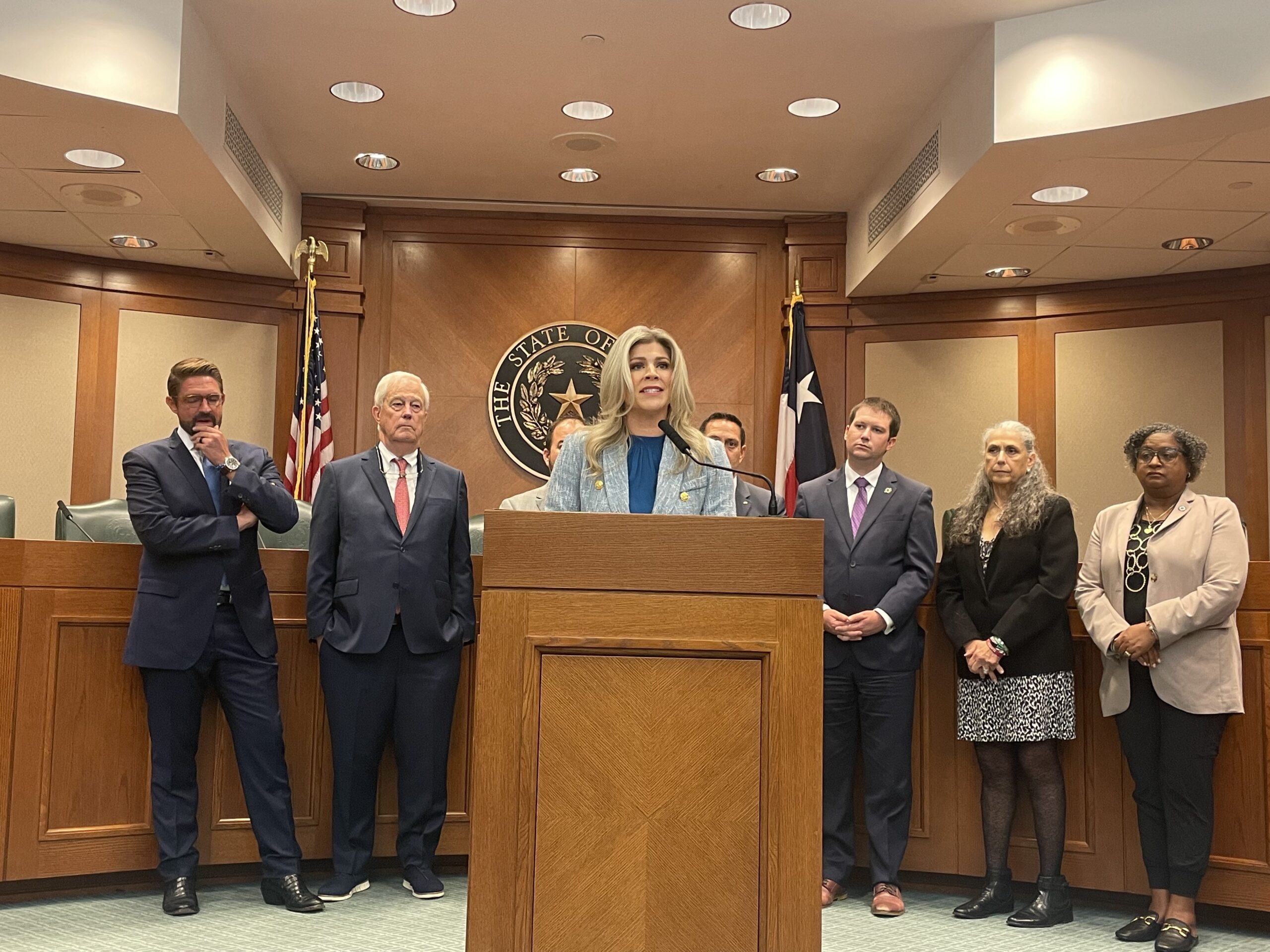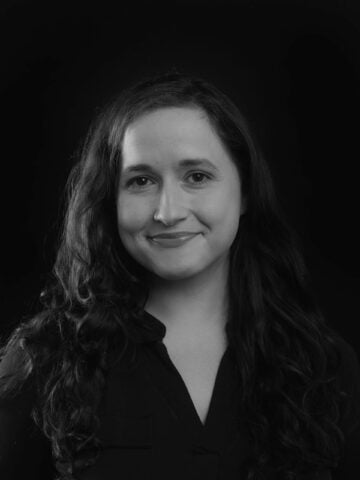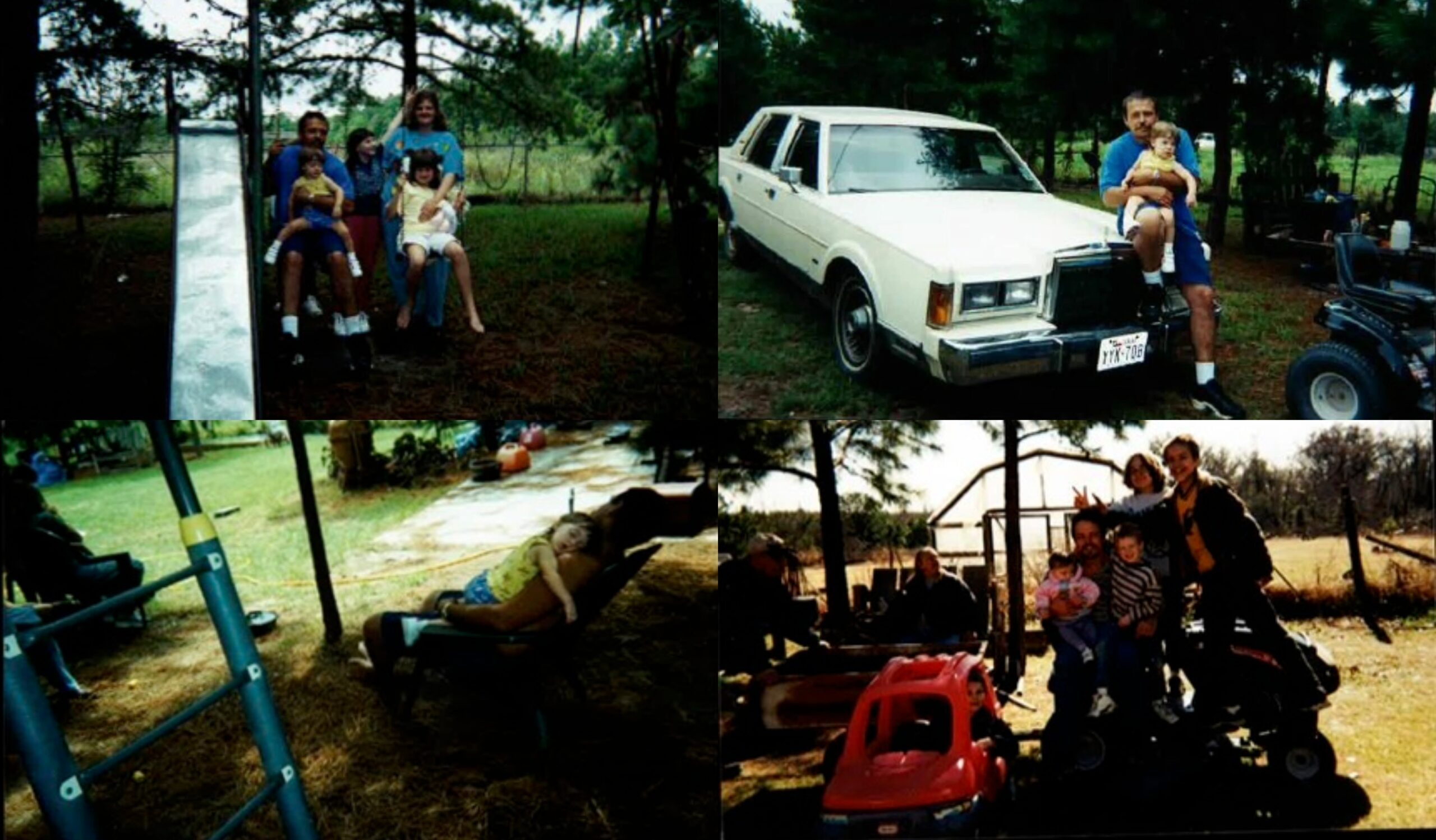
Bipartisan Legislators Join Calls for Clemency for Robert Roberson
The condemned Texas man was convicted of killing his daughter in 2003 based on an outdated ‘shaken baby syndrome’ diagnostic process.

A bipartisan majority of the Texas House of Representatives is calling for clemency for Robert Roberson III, who is scheduled to be executed on October 17. If the execution moves forward, Roberson will be the first person in the United States put to death based on the controversial “shaken baby syndrome” hypothesis (SBS).
On Tuesday, his legal team submitted a clemency application to the Board of Pardons and Paroles and to Governor Greg Abbott, along with letters from a bipartisan group of more than 85 state legislators (and counting) and a slew of medical and legal professionals in a last-ditch effort to halt the execution after the Texas Court of Criminal Appeals struck down Roberson’s appeals last week.
The strong showing of support from both sides of the aisle for a condemned person is unusual in Texas, which has executed more people than any other state since the death penalty was reinstated in the 1970s. But legislators also recently rallied behind Texas death row prisoners Rodney Reed—whose request for a hearing in front of the U.S. Supreme Court was denied in July—and Melissa Lucio, whose execution was halted in 2022 but whose case remains pending after a trial judge recommended her conviction be overturned in April. Reed and Lucio both have innocence claims and, in Lucio’s case, as in Roberson’s, her lawyers argue that no crime occurred and that her daughter’s death was accidental.
In their letter to the clemency board, legislators raised particular concern that Texas’ “junk science law”—which has been in place for more than a decade—isn’t being respected by the courts. The law specifically allows people to appeal convictions that were based on outdated scientific evidence, but in Texas, no one on death row has successfully leveraged this law to obtain a new trial.
“We as a legislature actually created a way for people like Mr. Roberson to challenge convictions based on science that later turns out to be wrong,” said Democratic state Representative Joe Moody at a press conference Tuesday. “We changed the law to give that power. … As far as we can tell, though, the courts simply aren’t engaging in that process. So convictions are being allowed to stand on junk science.”
Republican state Representative Lacey Hull said during the press conference that as a pro-life conservative, she is “greatly concerned about the possibility of the state executing Robert Roberson, an innocent man.”
Kate Judson, executive director of the Center for Integrity in Forensic Sciences, said Tuesday that Roberson’s case is “one of the most egregious examples” of unreliable forensics being used to convict someone of a crime that never actually occurred.
Roberson was convicted in 2003 by an Anderson County jury of killing his 27-month-old daughter Nikki. On the morning of January 31, 2002, Roberson rushed the young girl—who was chronically ill and had made multiple trips to the emergency room with a high fever and other symptoms in the weeks before she died—to the Palestine Regional Medical Center, saying he had found her lying blue and limp after a short fall from their bed. Nikki was transferred to Children’s Medical Center Dallas, where a pediatrician diagnosed the young girl with “shaken baby syndrome.” Nikki was then taken off life support without her father’s consent—which Hull called a violation of his parental rights—and died at the hospital.

Shaken baby syndrome, recently renamed abusive head trauma, was a medical doctrine posited in the 1970s to explain baffling infant injuries and deaths, in which there was bleeding above the brain but no discernable head wounds. Doctors hypothesized that these injuries could be caused by caregivers vigorously shaking children, which could cause internal but not necessarily external trauma. Doctors, nurses, and social workers were told to look for three symptoms believed to be unique to this type of trauma—bleeding between the skull and the brain, brain swelling, and bleeding in the back of the eyes—and to presume abuse in children who showed one or more of these symptoms.
This was the diagnostic criteria at the time of Roberson’s conviction. At his trial, Roberson’s own lawyer told jurors that Nikki’s death was “unfortunately a shaken baby case,” despite his client’s innocence claims.
That same trial lawyer “rejects Robert’s protestations of innocence, will not listen to him about how he did nothing to harm this child,” Roberson’s current attorney, Gretchen Sween, said during a separate press conference Tuesday. “And it continues like that through trial, where the monstrous lies just continue one after another.”
There is no debate that shaking can cause head trauma in babies and small children. But the way the diagnosis was reached in Roberson’s and other contemporary cases—by presuming abuse based on certain symptoms without first eliminating other possible causes—has become highly controversial. Nationally, at least 34 parents or caregivers have been exonerated after being convicted of intentionally harming children based on the outdated SBS diagnostic process.
These days, most medical professionals will consider a child’s whole medical history and prior injuries before diagnosing abuse, and in 2021, Texas lawmakers passed a law giving parents the right to obtain a second medical opinion on the state’s dime before a child can be removed from the home based on medical suspicion of abuse.
But these protections aren’t retroactive.
Roberson has stared down one previous execution date. He was scheduled to die by lethal injection in June 2016, but the Court of Criminal Appeals stepped in to halt the execution so a lower court could conduct an evidentiary hearing.
New expert opinions reached after that hearing—including examinations of Nikki’s head and lung scans that point to complex pneumonia as her cause of death—have not been considered by any court.
Roberson’s appeals for clemency have garnered other noteworthy support, from Brian Wharton, the original Palestine Police Department detective who testified against him at his trial, to bestselling author John Grisham.
“My testimony helped convict [Roberson] of murder and sent him to death row,” Wharton said during the morning press conference. “But for all the years since, I have believed that justice was not done. The system failed Robert, and the system failed to provide Robert true justice.”



